Media coverage
Share
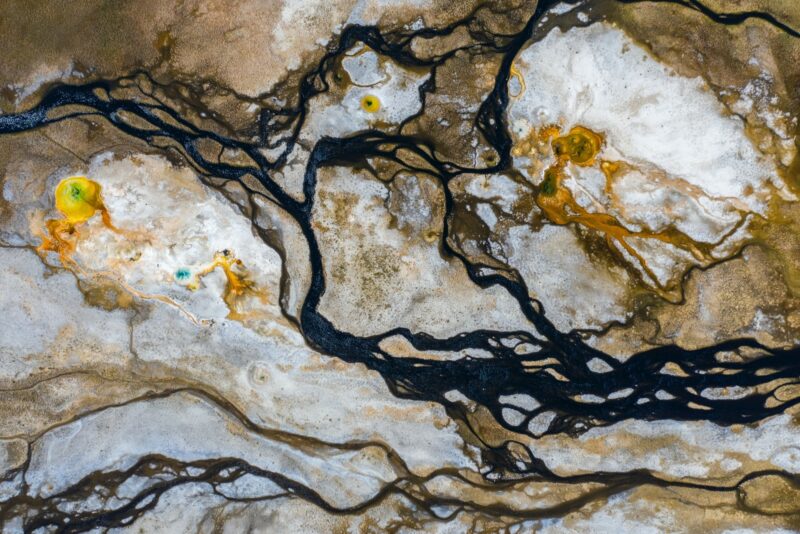
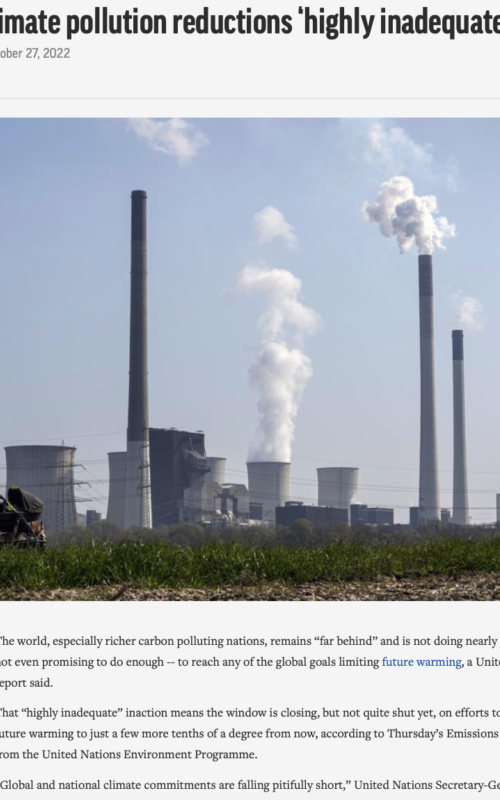
AP
“The report confirms the utterly glacial pace of climate action, despite the looming precipice of climate tipping points we’re approaching,” - Bill Hare
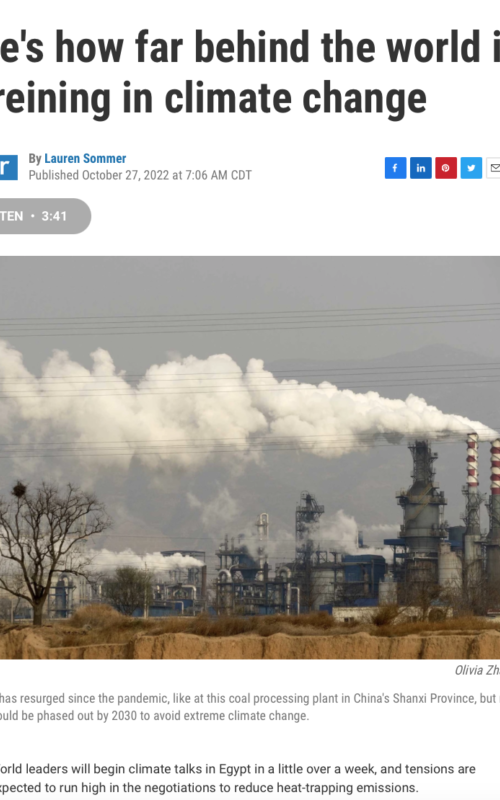
NPR
Emissions are still rising but they need to fall 45% by 2030. Claire Fyson of Climate Analytics highlights that we are "not moving fast enough."

The Hill
"The G20 is responsible for three-quarters of the world’s emissions. We are now in a moment where geopolitics and energy security issues are combining to really hammer home the benefits of cheap renewables." Bill Hare comments on fossil fuels subsidies.
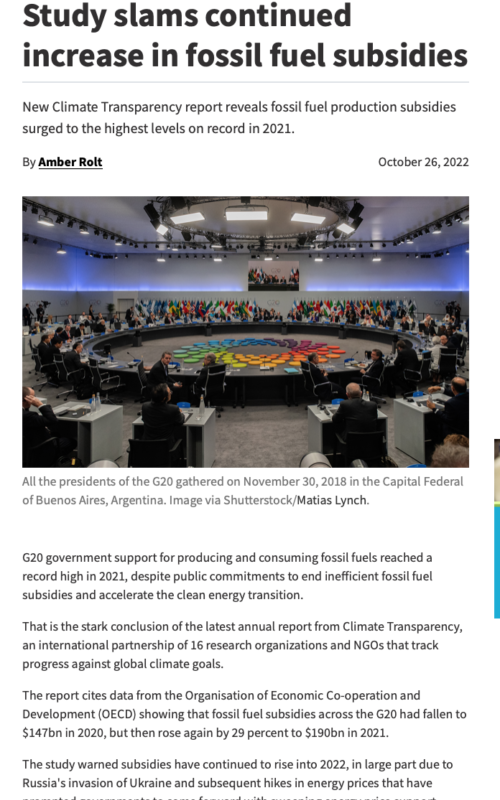
GreenBiz
The findings of the report 'The Climate Transparency Report 2022' is discussed in an article by GreenBiz where Bill Hare is quoted commenting on the countries supporting the usage of fossil fuels.
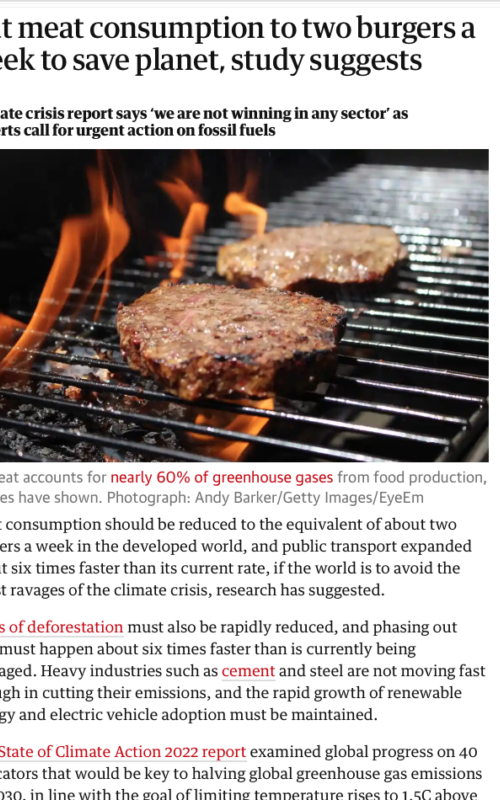
The Guardian
“The ongoing crisis resulting from shocks like the pandemic and Russia’s invasion of Ukraine has shown very clearly how continued reliance on fossil fuels is not only bad for the climate but also comes with serious security and economic risks.” - Bill Hare
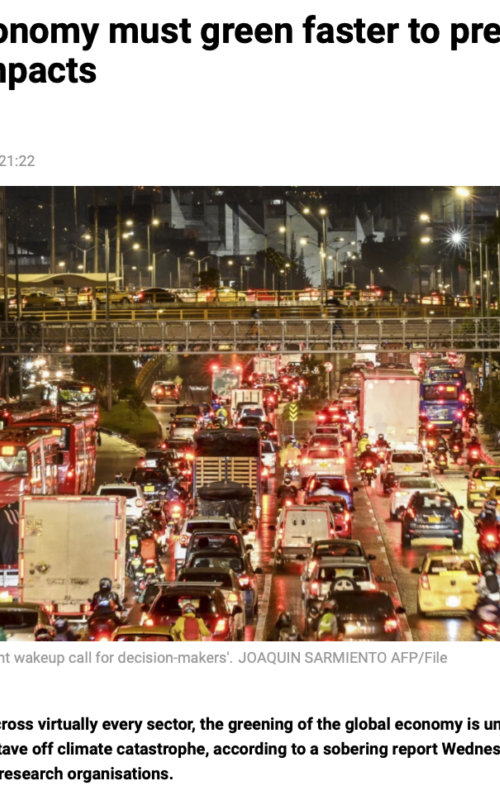
France 24
Across virtually every sector, the decarbonisation of the global economy is unfolding far too slowly to avoid climate catastrophe. In regards to climate finance, "Governments and private institutions are failing to deliver on the Paris Agreement's goals of aligning financial flows with the 1.5C limit," says Claire Fyson, an analyst at Climate Analytics.
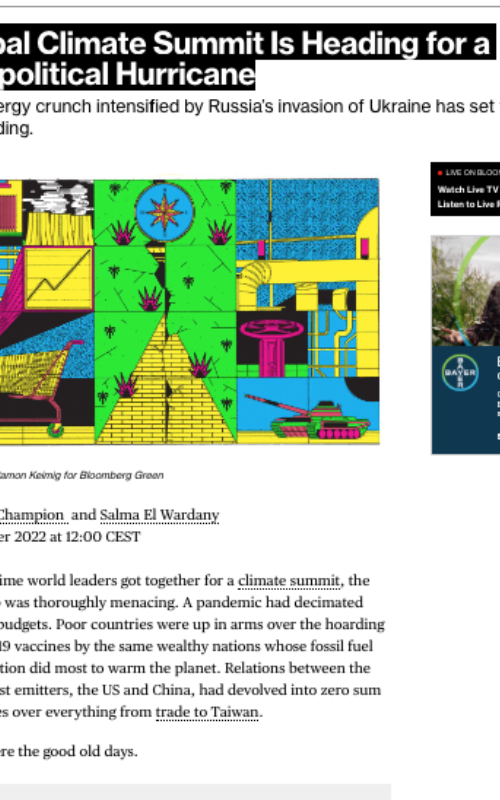
Bloomberg
Bill Hare speaks to the current push for fossil fuels in response to the energy crisis, saying “I have rarely seen such a concerted effort by the oil and gas industry to, in one way or another, push back against the climate agenda.”
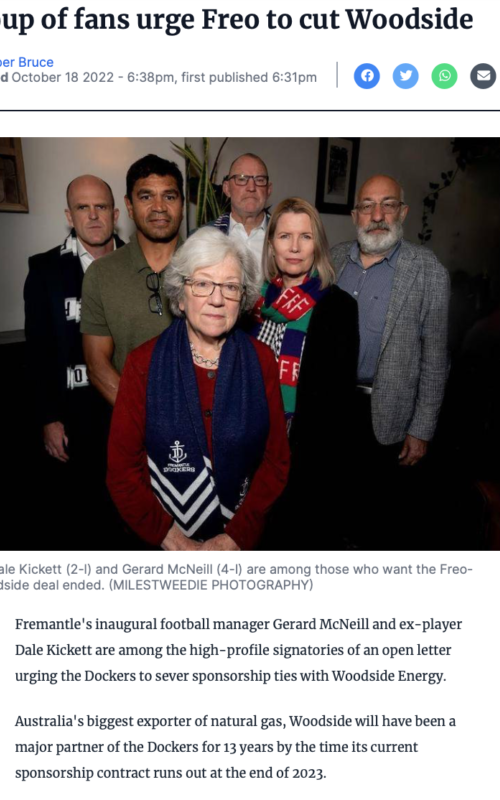
The Canberra Times
A group of 10 high-profile Dockers fans, including Climate Analytics CEO Bill Hare, released an open letter encouraging the club to end its relationship with Woodside, the ninth-highest greenhouse gas emitter in Australia for the 2020-21 financial year.
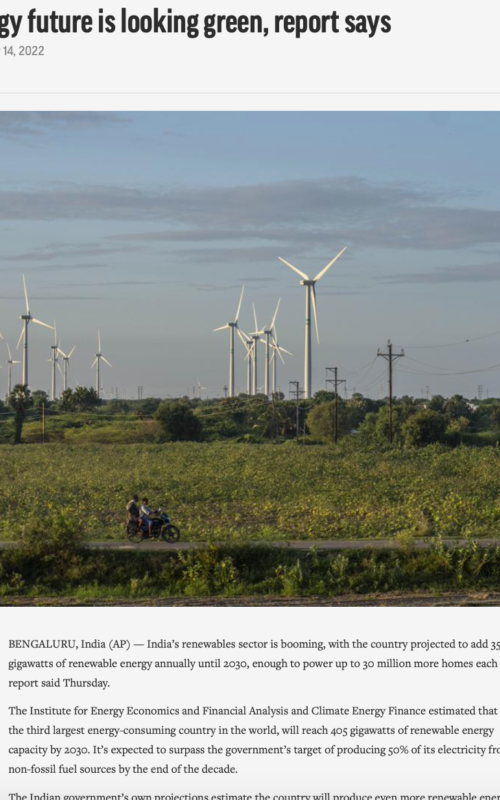
AP
Although India has made significant strides in clean energy, experts say there is still room for improvement. Climate Analytics analyst Nandini Das, argues for a “scheduled retirement plan of the existing coal capacities” and that the current subsidies for fossil fuels in India should be reformed.
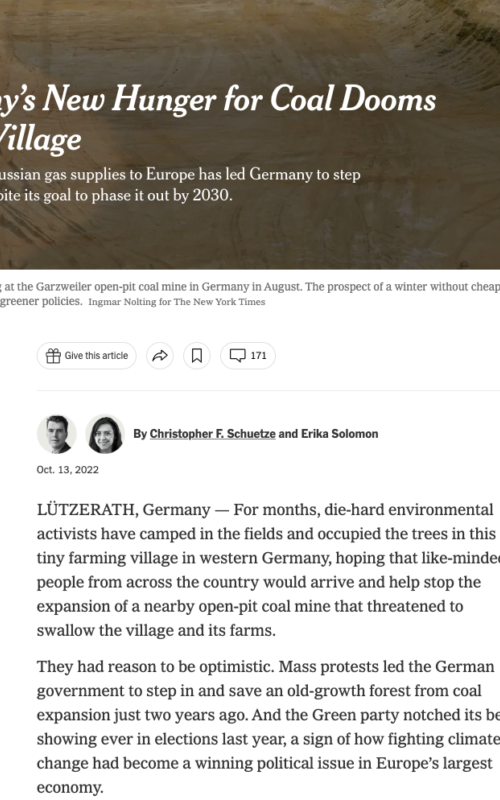
The New York Times
Climate activists fight to protect the city of Lützerath, Germany, a city whose existence is threatened by the increased demand for coal amidst the energy crisis.Climate Analytics' Andrzej Ancygier, says it is too early to know by how much coal emissions will increase, but changes to rules on burning coal will not affect Germany’s long-term progress on renewable energy.